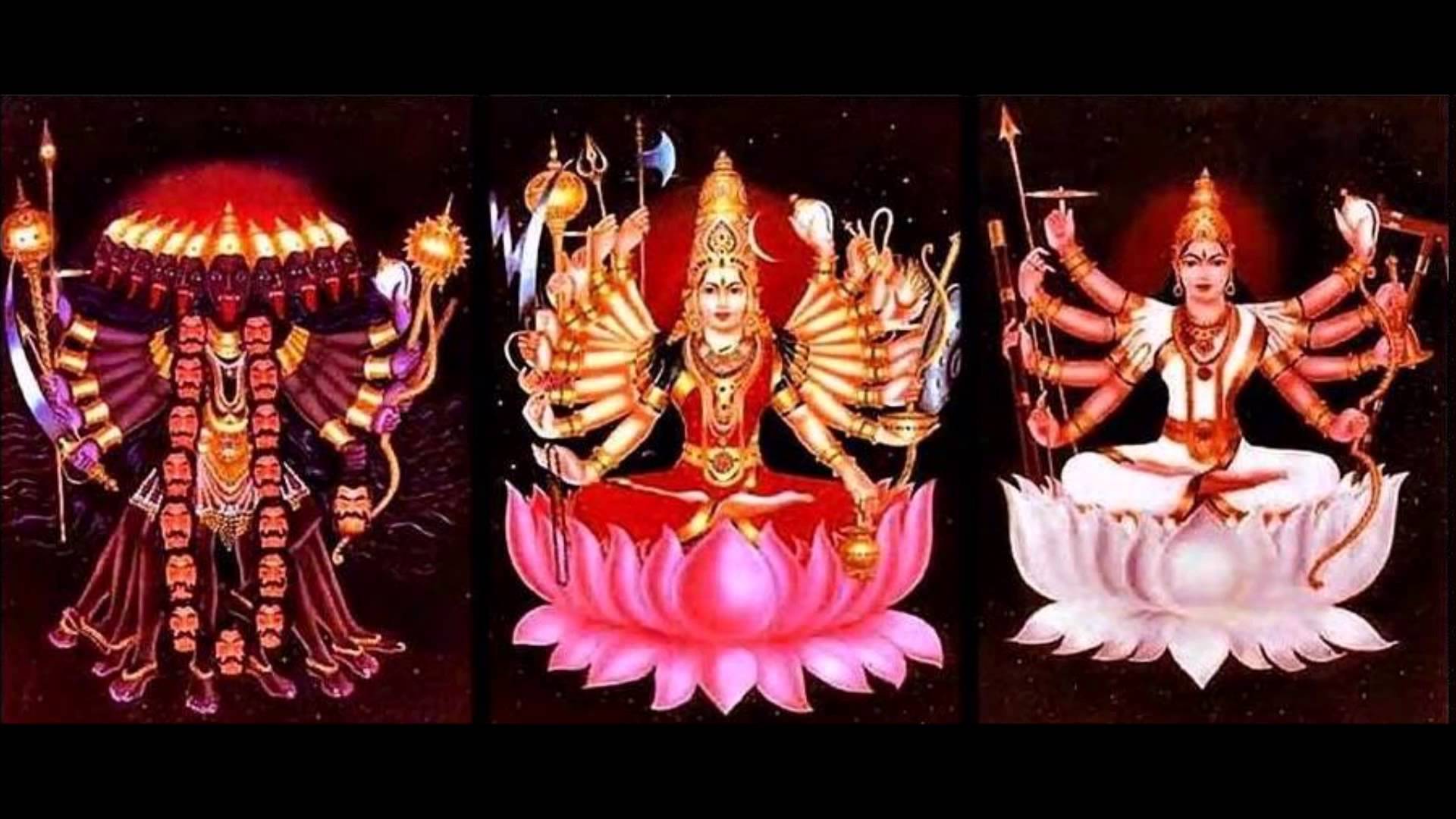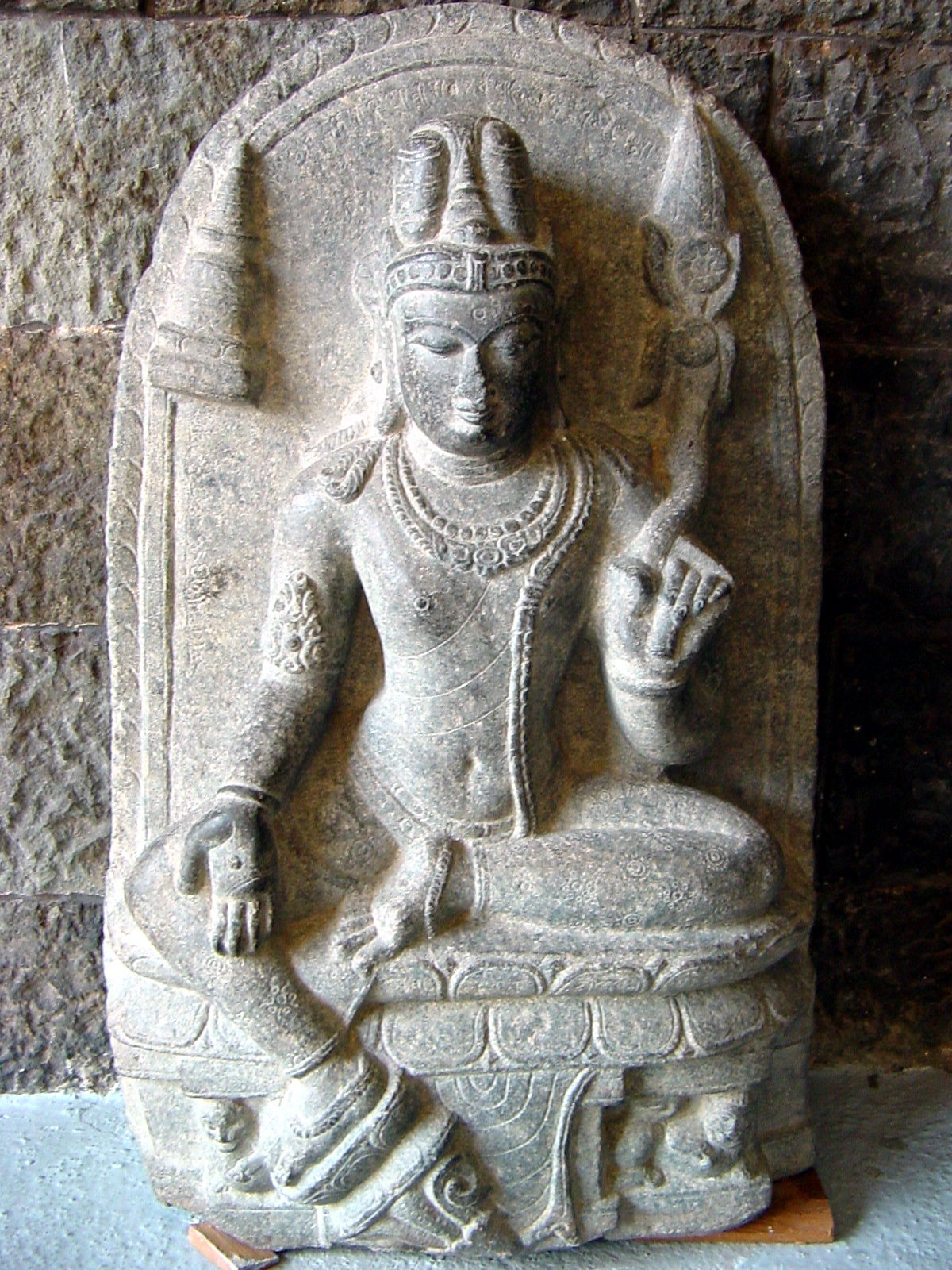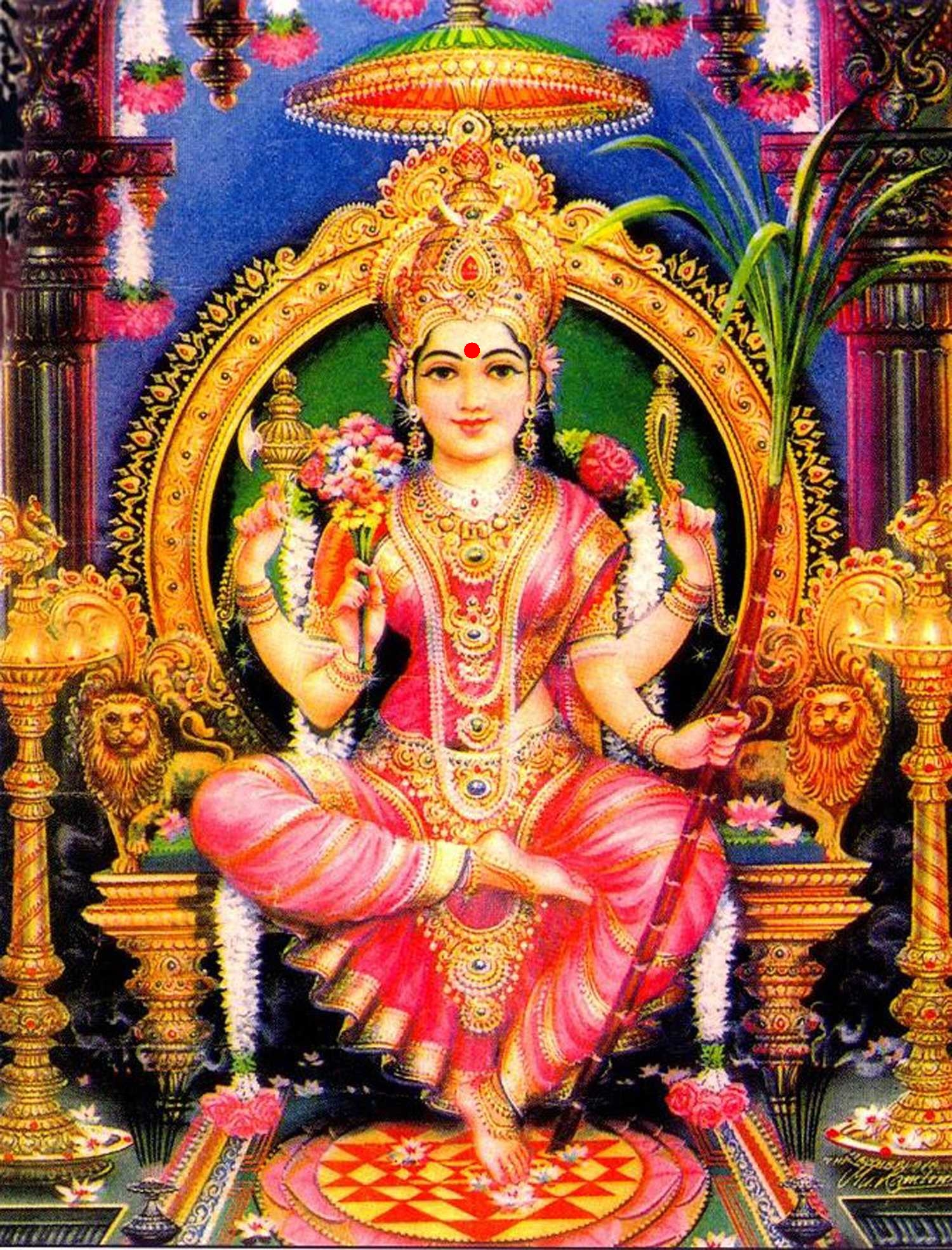|
Mahalakshmi
Lakshmi (; , sometimes spelled Laxmi, ), also known as Shri (, ), is one of the principal goddesses in Hinduism. She is the goddess of wealth, fortune, power, beauty, fertility and prosperity, and associated with '' Maya'' ("Illusion"). Along with Parvati and Saraswati, she forms the Tridevi of Hindu goddesses. Within the goddess-oriented Shaktism, Lakshmi is venerated as the prosperity aspect of the Mother goddess. Lakshmi is both the consort and the divine energy (''shakti'') of the Hindus, Hindu god Vishnu, the Supreme Being of Vaishnavism; she is also the Supreme Goddess in the sect and assists Vishnu to create, protect, and transform the universe. She is an especially prominent figure in Sri Vaishnavism, in which devotion to Lakshmi is deemed to be crucial to reach Vishnu. Whenever Vishnu descended on the earth as an avatar, Lakshmi accompanied him as consort, for example, as Sita and Radha or Rukmini as consorts of Vishnu's avatars Rama and Krishna, respectively. The ... [...More Info...] [...Related Items...] OR: [Wikipedia] [Google] [Baidu] |
Tridevi
The Tridevi () are a trinity of supreme divinity in Hinduism, joining a triad of eminent goddesses either as a feminine version of the Trimurti, or as consorts of a masculine Trimurti, depending on the denomination. This triad is typically personified by the Hindu goddesses Saraswati, Lakshmi, and Parvati. In Shaktism, these triune goddesses are the manifestations of Mula-Prakriti or ''Adi Parashakti''. Feminine Trimurti In the traditional androcentric denominations of Hinduism, the feminine Tridevi goddesses are relegated as consorts and auxiliary deities to the more eminent masculine Trimurti gods. In Shaktism, the feminine Tridevi goddesses are given the eminent roles of creator (Mahasaraswati), preserver (Mahalakshmi), and destroyer (Mahakali), with the masculine Trimurti gods being relegated as the auxiliary deities as agents of the feminine Tridevi. Consorts of the Trimurti Saraswati is the goddess of learning, arts, and music, as well as the consor ... [...More Info...] [...Related Items...] OR: [Wikipedia] [Google] [Baidu] |
Navaratri
Navaratri is an annual Hindu festival observed in the honour of the goddess Durga. It spans over nine nights (and ten days), first in the month of Chaitra (March/April of the Gregorian calendar), and again in the month of Sharada. It is observed for different reasons and celebrated differently in various parts of the Hindu Indian cultural sphere. Theoretically, there are four seasonal ''Navaratri''. However, in practice, it is the post-monsoon autumn festival called Sharada Navaratri. The festival is celebrated in the bright half of the Hindu calendar month Ashvin, which typically falls in the Gregorian months of September and October. Etymology and nomenclature The word ''Navaratri'' means 'nine nights' in Sanskrit, ''nava'' meaning nine and ''ratri'' meaning nights. Dates and celebrations In the eastern and northeastern states of India, the Durga Puja is synonymous with ''Navaratri'', wherein goddess Durga battles and emerges victorious over the buffalo demon Mahis ... [...More Info...] [...Related Items...] OR: [Wikipedia] [Google] [Baidu] |
Lakshmi Puja
Lakshmi Puja () is a Hindu occasion for the veneration of Lakshmi, the goddess of prosperity and the supreme goddess of Vaishnavism. The occasion is celebrated on the amavasya (new moon day) in the Vikram Samvat Hindu calendar month of Ashwayuja (according to the amanta tradition) or Kartika (according to the purnimanta tradition), on the third day of Deepavali in most part of India. In Assam, Bengal, and Odisha, this puja is celebrated 5 days after Vijaya Dashami. According to popular belief, Lakshmi, the goddess of wealth and prosperity, and Vishnu's wife, visits her devotees, and bestows good fortune and her blessings upon them. To welcome the goddess, devotees clean their houses, decorate them with finery and lights, and prepare sweet treats and delicacies as offerings. Devotees believe that the happier Lakshmi is during her visit, the more she blesses the family with health and wealth. In Assam, Odisha, and parts of Bengal, ''Lokkhi Puja'' or ''Lakshmi Puja'' (ল� ... [...More Info...] [...Related Items...] OR: [Wikipedia] [Google] [Baidu] |
Adi Shakti
Mahadevi ( sa, महादेवी, ), also referred to as Adi Parashakti, Adi Shakti, and Abhaya Shakti, is the supreme goddess in the Shaktism sect of Hinduism. According to this tradition, all Hindu goddesses are considered to be manifestations of this single great Goddess, who is comparable to the deities Vishnu and Shiva as Para Brahman. Vaishnavas consider her to be Lakshmi, Shaivas consider her to be Parvati, Durga, and Mahakali, while Shaktas consider her to be Durga, Tripura Sundari, Bhuvaneswari, and Kali. Author Helen T. Boursier says: "In Hindu philosophy, both Lakshmi and Parvati are identified with the great goddess Mahadevi and the Shakti or divine power". Vaishnavism The goddess Lakshmi is revered as Mahadevi in the Vaishnavite tradition, extolled to possess a thousand names and qualities such as The Bestower of Prosperity, The Lotus-eyed One, The Omniscient One, The One Who Meditates On The Ultimate Reality, as well as The One With The Cosmic Form. V ... [...More Info...] [...Related Items...] OR: [Wikipedia] [Google] [Baidu] |
Ashta Lakshmi
Ashta Lakshmi ( Sanskrit: अष्टलक्ष्मी, IAST: Aṣṭalakṣmī; lit. "Octet of Lakshmi") or Ashtalakshmi, is a group of the eight manifestations of Lakshmi, the Hindu goddess of prosperity. She presides over eight sources of wealth: spirituality, material wealth, agriculture, royalty, knowledge, courage, progeny, and victory.Vasudha Narayanan in: John Stratton Hawley, Donna Marie Wulff p.104 Ashta Lakshmi is always depicted and worshipped in an octet in temples.Flipside of Hindu Symbolism (Sociological and Scientific Linkages in Hinduism) by M. K. V. Narayan; published 2007 by Fultus Corporation; 200 pages; ; p.93 Iconography Adi Lakshmi Adi Lakshmi (Primeval Lakshmi) is portrayed to be the earliest form of Lakshmi. Adi Lakshmi is the manifestation who supports a seeker to reach their source, or Atman. She is believed to proffer dhyana, a state of absolute silence, bliss, and peace. This aspect of the goddess is responsible for the furtherance in the q ... [...More Info...] [...Related Items...] OR: [Wikipedia] [Google] [Baidu] |
Deepavali
Diwali (), Dewali, Divali, or Deepavali (IAST: ''dīpāvalī''), also known as the Festival of Lights, related to Jain Diwali, Bandi Chhor Divas, Tihar, Swanti, Sohrai, and Bandna, is a religious celebration in Indian religions. It is one of the most important festivals within Hinduism where it generally lasts five days (or six in some regions of India), and is celebrated during the Hindu lunisolar months of Ashvin (according to the amanta tradition) and Kartika (between mid-October and mid-November).''The New Oxford Dictionary of English'' (1998) – p. 540 "Diwali /dɪwɑːli/ (also Diwali) noun a Hindu festival with lights...". It is a post-harvest festival celebrating the bounty following the arrival of the monsoon in the subcontinent. Diwali symbolises the spiritual "victory of light over darkness, good over evil, and knowledge over ignorance".Jean Mead, ''How and why Do Hindus Celebrate Divali?'', The festival is widely associated with Lakshmi,Suzanne Barchers ... [...More Info...] [...Related Items...] OR: [Wikipedia] [Google] [Baidu] |
Sharad Purnima
Sharad Purnima (also known as Kumara Purnima, Kojagari Purnima, Navanna Purnima, Kojagrat Purnima or Kaumudi Purnima) is a religious festival celebrated on the full moon day of the Hindu lunar month of Ashvin (September to October), marking the end of the monsoon season. The full moon night is celebrated in different ways in various cultural regions across South Asia. On this auspicious day, many divine pairs like Radha Krishna, Shiva Parvati and Lakshmi Narayan are worshipped along with the Moon and are offered flowers and kheer (sweet dish made of rice and milk). Deities in temples are usually dressed in white color signifying the brightness of moon. Many people observe full day fasting on this night Significance The Kojagari Purnima concerns the observance of the Kojagara Vrata. People perform this '' Vrata'' under the moonlight after fasting for the day. Lakshmi, the Hindu Goddess of Wealth, is significantly worshipped on this day as it is believed to be her birt ... [...More Info...] [...Related Items...] OR: [Wikipedia] [Google] [Baidu] |
Varalakshmi Vratam
Varalakshmi Vratam , also called Varalakshmi Puja, is a Hindu observance to propitiate the goddess of prosperity, Lakshmi. Varalakshmi is the manifestation of Lakshmi who grants boons (''vara''). It is a puja primarily performed by married Hindu women in the states of South India. This occasion is observed on the Friday before the day of the full moon - Purnima - in the Hindu month of Shravana, which corresponds to the Gregorian months of July – August. The Varalakshmi Vratam is primarily performed by married women (''sumangali''), for their own well-being, and in order to ask the goddess to bless their husbands with health and longevity. Many believe that worshipping the aspect of Varalakshmi on this day is equivalent to worshipping the Ashtalakshmi – the eight aspects of Lakshmi, all of whom represent different forms of wealth. Ceremony On this occasion, women worship the goddess Lakshmi with utmost devotion, offering fruits, sweets and flowers, usually a ''kalasham' ... [...More Info...] [...Related Items...] OR: [Wikipedia] [Google] [Baidu] |
Varadamudra
Varadamudra is a mudra, and it indicates a gesture by the hand and symbolizes dispensing of boons. For varadamudra, the right hand is used. It is held out, with palm uppermost and the fingers pointing downwards. Varadamudra and abhayamudra are the most common of several other mudras seen on divine figures in the art of Indian religions Indian religions, sometimes also termed Dharmic religions or Indic religions, are the religions that originated in the Indian subcontinent. These religions, which include Hinduism, Jainism, Buddhism, and Sikhism,Adams, C. J."Classification of .... Often the open hand is shown with a lotus bud in the centre. References *''Dictionary of Hindu Lore and Legend'' () by Anna Dallapiccola Buddhist rituals Hand gestures Hindu philosophical concepts Mudras {{Buddhism-stub ... [...More Info...] [...Related Items...] OR: [Wikipedia] [Google] [Baidu] |
Vishnu
Vishnu ( ; , ), also known as Narayana and Hari, is one of the principal deities of Hinduism. He is the supreme being within Vaishnavism, one of the major traditions within contemporary Hinduism. Vishnu is known as "The Preserver" within the Trimurti, the triple deity of supreme divinity that includes Brahma and Shiva.Gavin Flood, An Introduction to Hinduism' (1996), p. 17. In Vaishnavism, Vishnu is the supreme being who creates, protects, and transforms the universe. In the Shaktism tradition, the Goddess, or Adi Shakti, is described as the supreme Para Brahman, yet Vishnu is revered along with Shiva and Brahma. Tridevi is stated to be the energy and creative power ( Shakti) of each, with Lakshmi being the equal complementary partner of Vishnu. He is one of the five equivalent deities in Panchayatana puja of the Smarta tradition of Hinduism. According to Vaishnavism, the highest form of Ishvara is with qualities (Saguna), and have certain form, but is limit ... [...More Info...] [...Related Items...] OR: [Wikipedia] [Google] [Baidu] |
Garuda
Garuda (Sanskrit: ; Pāli: ; Vedic Sanskrit: गरुळ Garuḷa) is a Hindu demigod and divine creature mentioned in the Hindu, Buddhist and Jain faiths. He is primarily depicted as the mount (''vahana'') of the Hindu god Vishnu. Garuda is also the half-brother of the Devas, Daityas, Danavas and Yakshas. He is the son of the sage Kashyapa and Vinata. He is the younger brother of Aruna, the charioteer of the Sun. Garuda is mentioned in several other texts such as the Puranas and the Vedas. Garuda is described as the king of the birds and a kite-like figure. He is shown either in a zoomorphic form (a giant bird with partially open wings) or an anthropomorphic form (a man with wings and some ornithic features). Garuda is generally portrayed as a protector with the power to swiftly travel anywhere, ever vigilant and an enemy of every serpent. He is also known as Tarkshya and Vainateya. Garuda is a part of state insignia of India, Indonesia and Thailand. The Indonesian ... [...More Info...] [...Related Items...] OR: [Wikipedia] [Google] [Baidu] |
Manidvipa
Manidvipa ( sa, मणिद्वीप, lit=island of gems, translit=; ) is the celestial abode of Adi Shakti, the supreme goddess, according to the Shaktism tradition in Hinduism. It is an island situated in the middle of an ocean called the Sudha Samudra (the ocean of nectar). In the Devi Bhagavata Purana, Manidvipa is portrayed as the ''Sarvaloka'', the highest world, superior to Goloka, the realm of Krishna, Vaikuntha, the realm of Vishnu and Lakshmi, Kailasa, the realm of Shiva and Parvati, and Brahmaloka, the realm of Brahma and Saraswati. This is consistent with the scripture's portrayal of goddess Bhuvaneshvari being greater than any of the Trimurti. In her forms as Bhuvaneshvari and Tripura Sundari, Devi is the ruler of Manidvipa. This goddess is believed to have created this island according to her will. Description The descriptions of Manidvipa can be found in the ''Devi Bhagavata Purana'', ''Mahabhagavata Purana'', and '' Tripura Rahasya''. According to ... [...More Info...] [...Related Items...] OR: [Wikipedia] [Google] [Baidu] |








